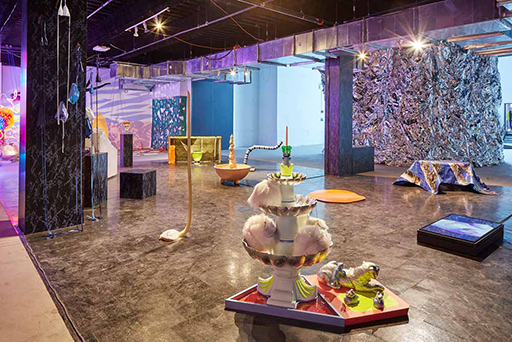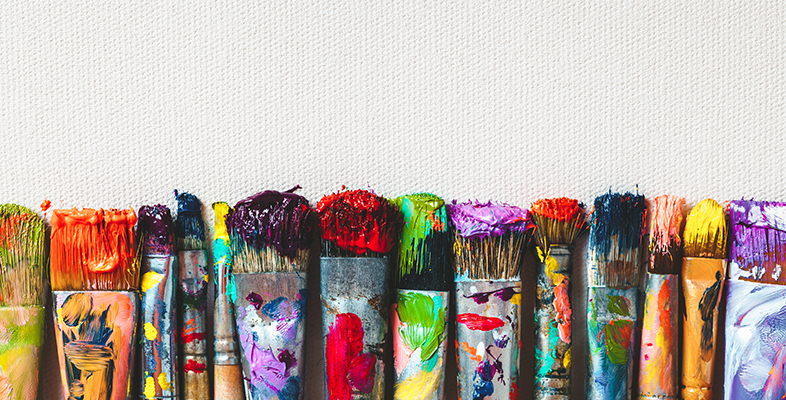5 Creative career collaborations
Collaboration underpins the creative arts. For example, artists may group together to form collectives and put on joint exhibitions, sharing costs and inspiration. Or creatives with different skills and expertise will collaborate to create something together because they have a shared vision. For example, a choreographer might have an idea for a show, so they collaborate with dancers in the first instance and then with a lighting designer, sound engineer and producer.

Artists’ collectives often catch attention and can achieve a high profile. Case Study 4 is an example of a US based collective who have been interviewed several times in the arts press and are able to share what they’ve learned from the experience.
Case study 4 Material Girls artist collective
‘Material Girls’ is a female-identifying collective of sculptors and digital artists based mainly in the US. In a recent Art Business Journal article, Audra Lambert (2020) explains that Material Girls ‘provides a platform for its individual members by designing their exhibits collaboratively but allowing individuals to present specific components that they contribute to the greater whole’.
In Paper magazine (Gray, 2018) a member of the collective, Claire Lachow, explains ‘Together we've created a space where we can be vulnerable and share intel on hard questions, like ‘how do you deal with an unwanted sexual advance during a studio visit?’ or ‘how do you price your work?’ etc. But apart from that, collaborating with Material Girls has opened up so many new avenues – in terms of materials, techniques, ideas – that I otherwise might not have explored on my own.’
In a De:Formal interview (2018), the group shares this observation: ‘Many of our personal practices have expanded to include new mediums – for example installation and sound works – as a result of the collective confidence and knowledge of our group, and we have been able to accomplish much more ambitious projects collaboratively by combining our individual skills. We each have pretty distinct art practice superpowers that mesh really well together – it’s exciting!’
Case study take-aways:
- The benefits of working with other professionals in your field are wide – not only in terms of expanding your own vision, but in practical terms too, e.g. sharing the cost of materials, building promotional momentum and expanding professional networks.
- You might not have all the skills or knowledge you need to fulfil a brief or complete a project and so need to collaborate with others to fully realise it.
Now complete Activity 7.
Activity 7 When have I collaborated creatively?
Think about a time when you collaborated with an individual or group. It may have been during your studies or as part of a leisure activity. In the box below, describe the nature of that collaboration. What did you do, what was your specific role and what was achieved?
Now take a few moments to consider what you learned from that experience and note your thoughts here. Did you achieve more as a result of the collaboration than you would have alone? Are there any parallels with the take-aways shared by the Material Girls collective in the case study?
Finally, make a note of your ideas about the next collaboration you plan to undertake.
Discussion
Collaboration can be beneficial for a freelancer, but working with others can also be a challenge, especially if you are used to a solitary working experience.
A 2010 survey focused on developing collaborative art practices in Higher Education (Alix et al., 2010) reported that the following skills were considered crucial:
- Observation: seeing, listening, watching touching
- Trust
- Communication, including feedback, reflective discussion and conversation
- Teamwork
- Working creatively, imaginatively and critically, and
- Risk-taking.
In Week 1, the four case studies have shown you some of the ways a creative freelancer might approach their career. Now you’ll briefly change perspective to look at why creative businesses might hire or choose to collaborate with you.
